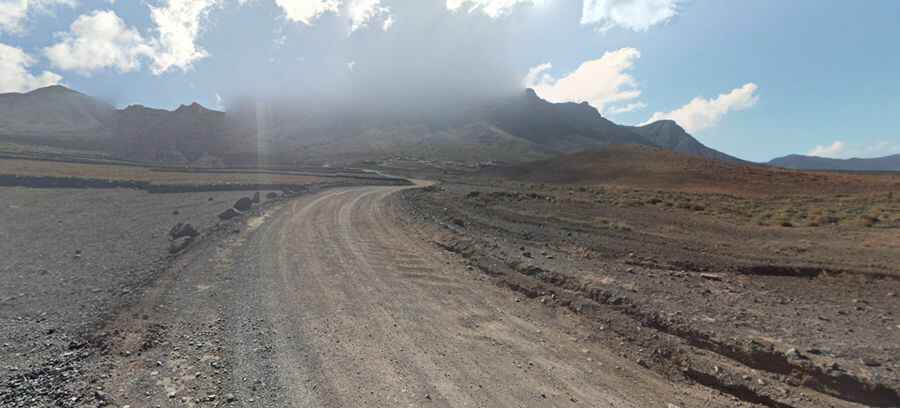Road trip guide: Conquering Playa de Cofete on Canary Islands
Playa de Cofete is a stunning beach located in Fuerteventura, Canary Islands, Spain. The history of the road is the subject of several conspiracy theories, often involving Nazis. It's one of the best roads on the Canary Islands.

Where is Cofete?
The beach is located on the western part of the Jandia peninsula, at the southernmost tip of the island of Fuerteventura, within the Jandía Natural Park.
When was the road to Cofete Beach built?
Surrounded by a spectacular landscape, and leading to a broad sandy beach known as the pearl of Fuerteventura island, the road was built during Hitler and Franco times (end of 1930s), to give access to the zone. Their friendship made it possible, for a major part of the peninsula Jandia to be declared a military zone where no people were allowed. For the construction of the road to Cofete, political prisoners from the concentration camp in Tefia were used.
How long is the road to Cofete Beach?
The road to the beach, locally known as Carretera de la playa de Cofete, is totally unpaved and far from easy. It’s 10.5 km (6.52 miles) long, starting at the village of Morro Jable.
How challenging is the road to Cofete Beach?
The road is very steep, climbing up to Mirador de Cofete, at 231m (757ft) above sea level. The track is very narrow and only allows for single-file traffic in some places. Some of these places have steep drops to the side, and the journey is best done in a jeep or four-wheel-drive vehicle.
Why is Villa Winter famous?
The road also gives access to Villa Winter, a house that rumors say was used as a clinic, where Nazi criminals underwent plastic surgery to change their appearance so they could start a new life in South America. Eyewitnesses claimed to have seen that these 'guests' were brought up to the coast of Jandia in submarines. But they also might have arrived by plane, because during the last phase of the war, several planes were landing and taking off every night.
Pic: Christian von dem Knesebeck